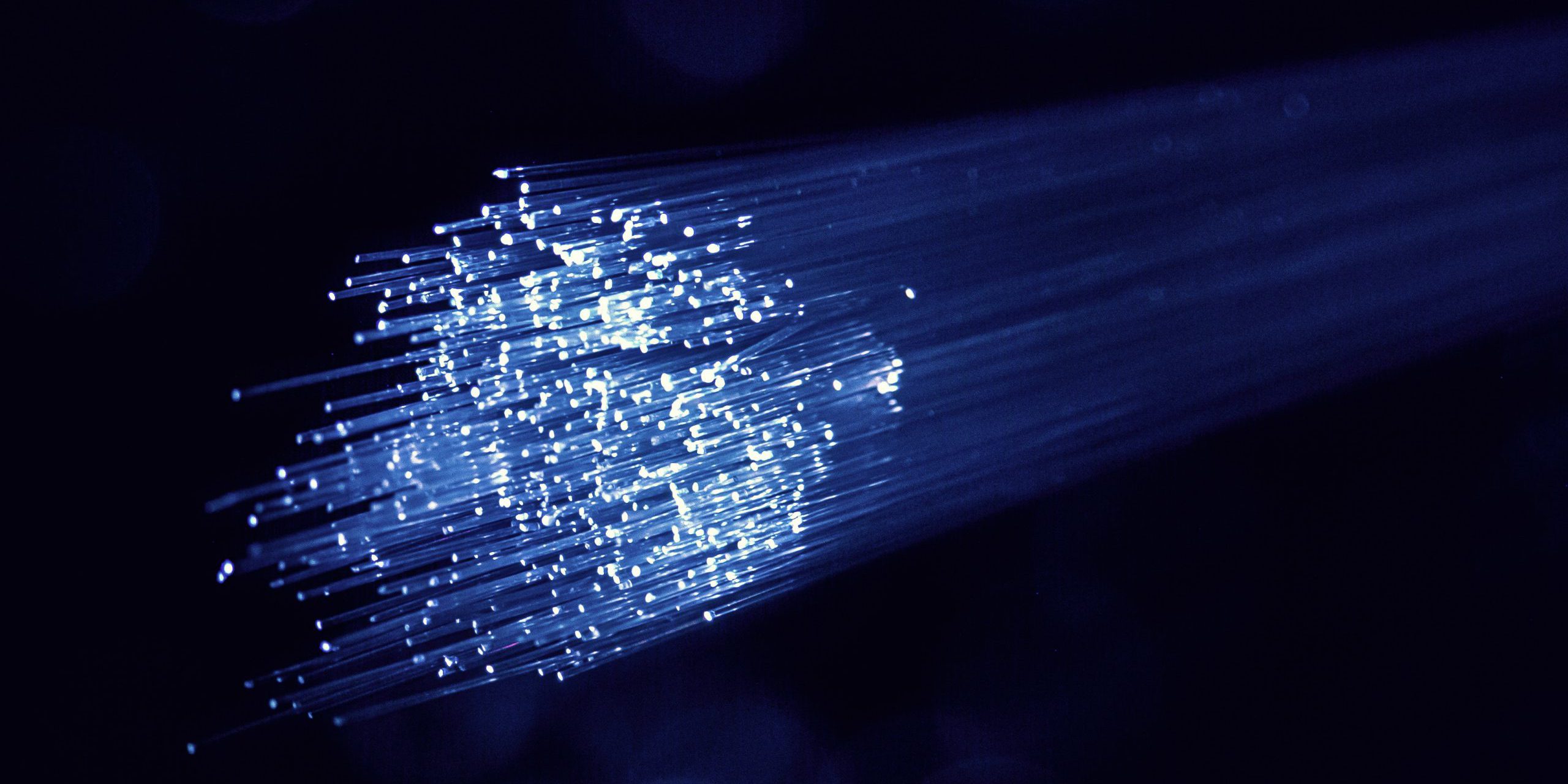Stephen Milburn, Tradebox Media’s Founder, visited his home city of Sunderland to avail himself of all that’s new and important in one of our fastest growing sectors.
I was recently at the excellent IoT Boost event held by Sunderland Software City and Digital Catapult.
The Internet of Things (IoT) as a terminology has been picked up by the media and, inevitably, there are now the common misunderstandings and scope creep of any sector nomenclature that makes it into the headlines.
In a nutshell, the IoT is the network of physical objects that contain embedded technology to communicate and sense or interact with their internal states or the external environment (this definition was stolen in completeness from Gartner). Gartner also reckons that there’ll be around 20 billion connected devices by 2020. It’s a big market; but big markets need deep understanding.
So on a windy Tuesday on the beautiful North Sea coast (all of ten minutes from where I was born), Sunderland Software City brought together a group of stakeholders from all areas of the IoT spectrum to learn more about what we’re all doing and, importantly, where we might go next.
Here at Tradebox we’re involved in IoT technologies mainly in the energy sector and primarily at the user facing end of the recipes. We build products for both consumer and enterprise that help them better understand their energy usage. I was intrigued by how other business, small and large, were approaching their clients with IoT technologies and made some rambling notes on the same.
Somewhat refined (but not much), I present them to you:
Stakholder Engagement
All parties need to show willing. A willingness to adopt and adapt to physical sensor installation, data analysis and acting on these results. We reflected on the various attitudes of our clients, both public and private sector and the need to engage with them very early on on the benefits and process implications of deploying IoT “stuff”.
We need to consider and adapt to the changing and varied attitudes of data owners. Whilst one body may happily release all of their data open source, there may be several others who will retain much or all of their data.
Business Models & Commercialisation
It was suggested that “there are no business models happening… Yet” in the sector. Maybe this was more for the benefit of the larger organisations; as an SME, we come across perfectly sensible IoT business cases every week.
As Alex Gluhak of Digital Catapult pointed out, there are many platforms available to build an IoT product on and in. They are, however, varied in their approach to open data and their sector focus. It was mentioned that a commonality between these platforms would be welcomed and encouraged.
We were pretty much all agreed that the greatest benefit to a client was in operational efficiency. A point well made by Gemma Beard of CGI.
It was also noted that identifying the problem owners in the first instance was proving difficult. One way to solve this is by creating products that don’t just address one particular vertical; if you have a solution for the transport industry, it’s highly likely that this can be applied elsewhere. Think of your horizontal product and not your vertical market.
In “selling” IoT to our clients we need to consider that few will accept a capital send. The market is moving (and proving) a subscription model along the lines of SaaS.
The Internet of Humans
In the more philosophical end of my learning, I was struck by how powerful these technologies could be in transforming the lives of all areas of society. The direct impact it can have on, say, the utility expenditure of a low income family is quite wonderful.
The social impact (think of an older person facing loneliness) was highlighted by Jack Clough of IBM – watch the video here.
However, for all the benefits, there was a feeling in the room that detaching humans from physical contact was maybe a step too far.
Personally, I’m of the opinion that any technology should add to society and make things easier. I hope we don’t see the deployment of IoT to overcomplicate existing, simple processes. More seriously, I’m against seeing it deployed in an oppressive manner (I’m thinking of Durham Police and their tagging of “potential” shoplifters to deter them from entering certain stores – the “tagged” apparently volunteered having had previously spent convictions for shoplifting).
We all agree that any technology only has traction when it adds value. The value may be seen to a corporation or a government on many levels however, it really only has traction and relevance when it makes a difference on a human level. Only then can we approach the point where IoT is “the nervous system of our future society”.
I’m personally excited by what we’ll be doing in the next twelve months in the IoT space. If you’d like more information on what we’re doing or, indeed, what we can do for you then please do get in touch.
Tradebox Media are an award-winning software development agency based in Cardiff, UK.

